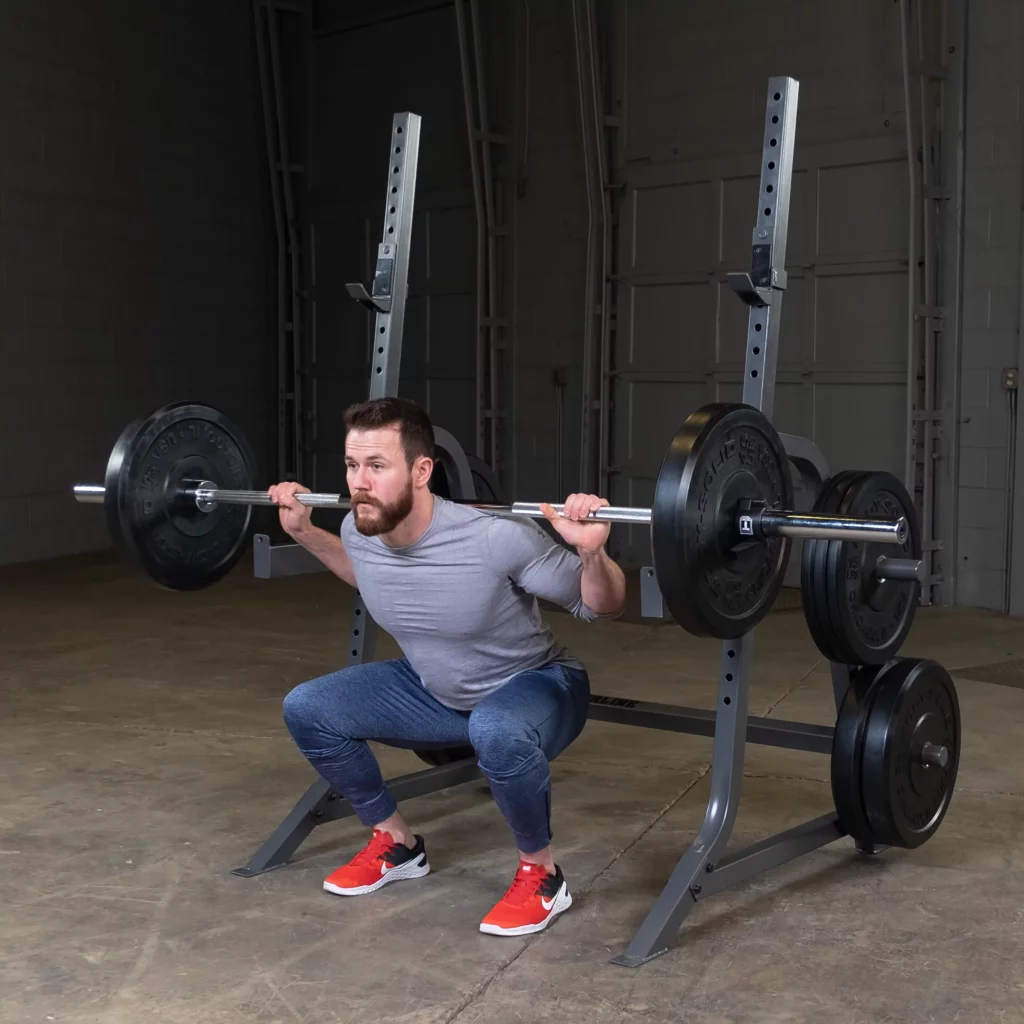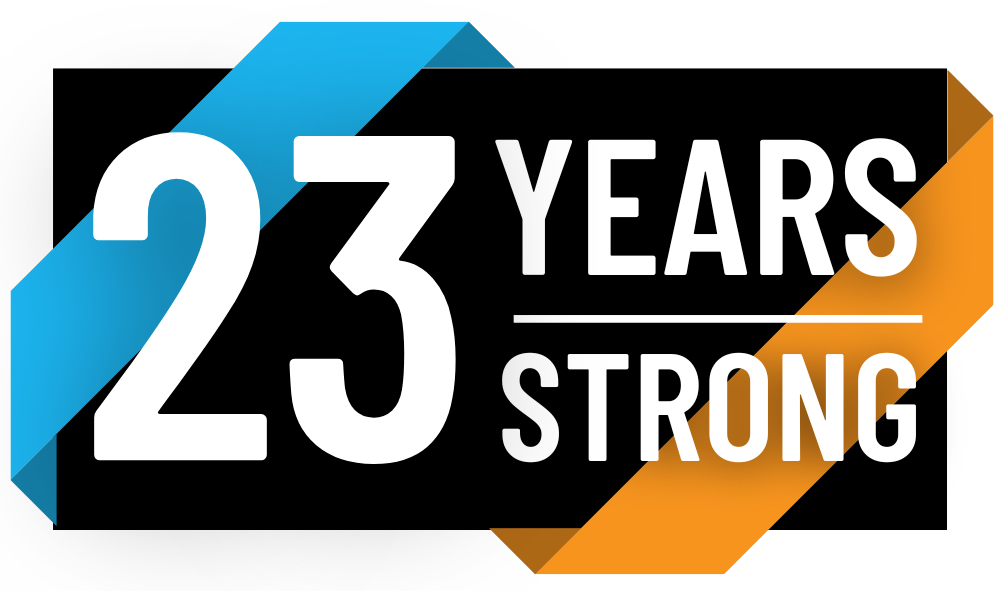
Why a Squat Rack Could Be a Game-Changer for Your Home Gym
If you’re looking to take your home fitness routine to the next level, a squat rack could be the most important piece of equipment you ever invest in. Whether you’re an experienced lifter or just starting out, a squat rack brings versatility, safety, and effectiveness to your workouts. In this article, we’ll explore the squat rack benefits, how to choose the best squat rack for home gym setups, and how to build a squat rack workout routine at home that keeps you progressing week after week.
What is a Squat Rack?
A squat rack is a sturdy frame designed to hold a barbell at various heights, allowing you to safely perform exercises like squats, bench presses, shoulder presses, and more. It acts as both a support structure and a safety net, especially when lifting heavy weights alone.
With more people ditching the commercial gym for the convenience of working out at home, squat racks have become essential for creating a complete and effective home gym environment.
Squat Rack Benefits: Why You Need One
Investing in a squat rack offers a multitude of advantages. Here are some key squat rack benefits that make it a must-have:
1. Safety When Lifting Alone
Home gym lifters often train solo. A squat rack with safety arms or pins can catch the barbell if you fail a rep, reducing your risk of injury and giving you the confidence to lift heavier.
2. Exercise Variety
A squat rack isn’t just for squats. You can perform a wide range of compound exercises, including:
- Bench press (with an added bench)
- Overhead press
- Deadlifts (inside or in front of the rack)
- Pull-ups (on racks with built-in bars)
- Barbell rows
- Bulgarian split squats
With a barbell and plates, your entire body can be trained using a squat rack workout routine at home.
3. Progressive Overload
A squat rack enables you to lift heavier weights over time—one of the key principles for building muscle and strength. You can safely increase the load without needing a spotter.
4. Space Efficiency
The best squat rack for home gym setups is compact and multifunctional. Compared to machines that target only one muscle group, squat racks allow for full-body workouts in a small footprint.
How to Choose the Best Squat Rack for Home Gym Setups
With so many squat racks on the market, choosing the right one can feel overwhelming. Here’s what to look for when selecting the best squat rack for home gym use:
1. Type of Rack
There are several styles:
- Power Rack: Fully enclosed with four posts and safety bars. Most versatile and safest option.
- Half Rack: Two vertical posts with safety arms. More compact but still functional.
- Squat Stand: Minimalist, space-saving, but offers less safety and stability.
Choose based on your available space, budget, and training needs.
2. Weight Capacity
Look for a rack with a high weight capacity, especially if you plan to lift heavy. Most quality racks support 500+ lbs.
3. Adjustability
Check for multiple height settings for J-hooks and safety pins to accommodate different exercises and users of various heights.
4. Attachments & Add-Ons
Many racks come with or can be upgraded to include:
- Pull-up bars
- Dip handles
- Cable pulley systems
- Weight storage pegs
These add-ons enhance functionality and value.
5. Build Quality
Heavy-duty steel frames, durable welds, and stable footing are non-negotiable. Read reviews and check warranties for peace of mind.
Squat Rack Workout Routine at Home
Once you have your squat rack set up, you’ll want a solid routine to get the most out of it. Here’s a sample squat rack workout routine at home that targets all major muscle groups over three days per week:
Day 1: Lower Body Strength
- Back Squats – 4 sets of 5 reps
- Romanian Deadlifts – 3 sets of 8 reps
- Walking Lunges (use barbell on back) – 3 sets of 10 reps each leg
- Calf Raises – 3 sets of 15 reps
Day 2: Upper Body Push
- Overhead Press – 4 sets of 6 reps
- Incline Bench Press (use adjustable bench) – 3 sets of 8 reps
- Dips (add dip bars or use a dip station) – 3 sets to failure
- Lateral Raises (with dumbbells if available) – 3 sets of 12 reps
Day 3: Upper Body Pull
- Pull-ups – 3 sets to failure
- Barbell Rows – 4 sets of 8 reps
- Deadlifts – 3 sets of 5 reps
- Face Pulls (with resistance band or cable attachment) – 3 sets of 15 reps
This routine can be adjusted for experience level by modifying reps, sets, and rest periods. For beginners, start with lighter weights and focus on perfecting form.
Final Thoughts: Is a Squat Rack Worth It?
If you’re serious about getting stronger, building muscle, or just staying fit at home, a squat rack is arguably the most important piece of equipment you can buy. The squat rack benefits go beyond squats—it enables a full range of safe and effective compound lifts that stimulate major muscle groups, improve bone density, and promote functional fitness.
Whether you’re a beginner building your first setup or a veteran upgrading your equipment, choosing the best squat rack for home gym use ensures long-term success and enjoyment. Combine it with a smart squat rack workout routine at home, and you have everything you need to train hard, train smart, and never skip leg day again.
Ready to upgrade your home gym? Investing in a squat rack could be the single most transformative decision for your fitness journey. Choose wisely, lift safely, and enjoy the results.

